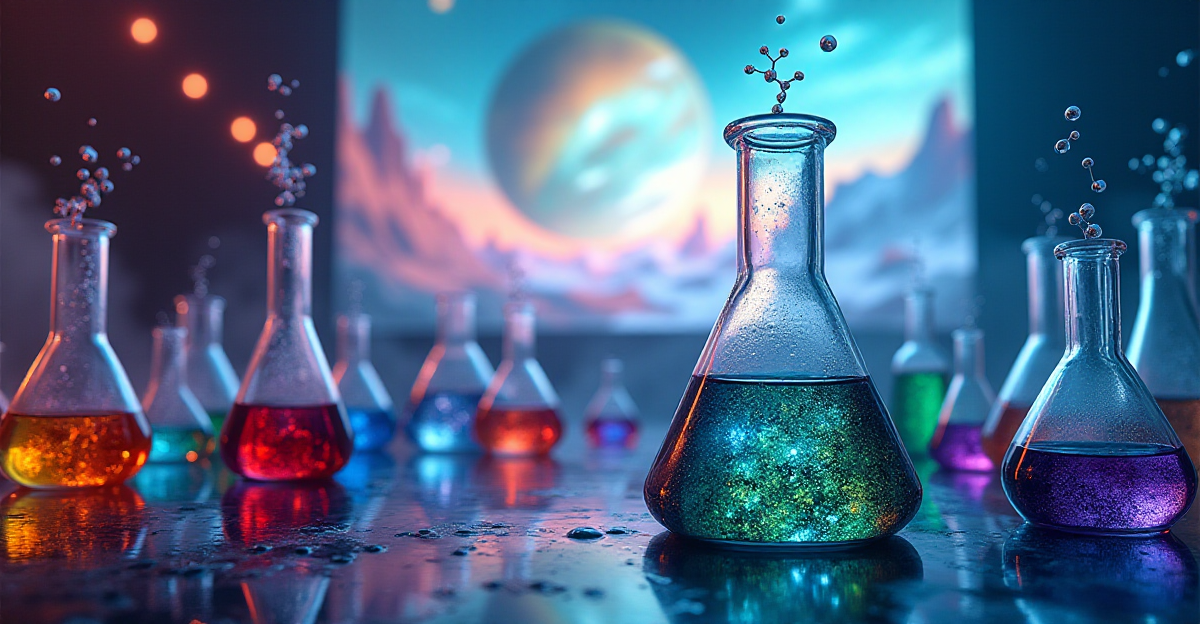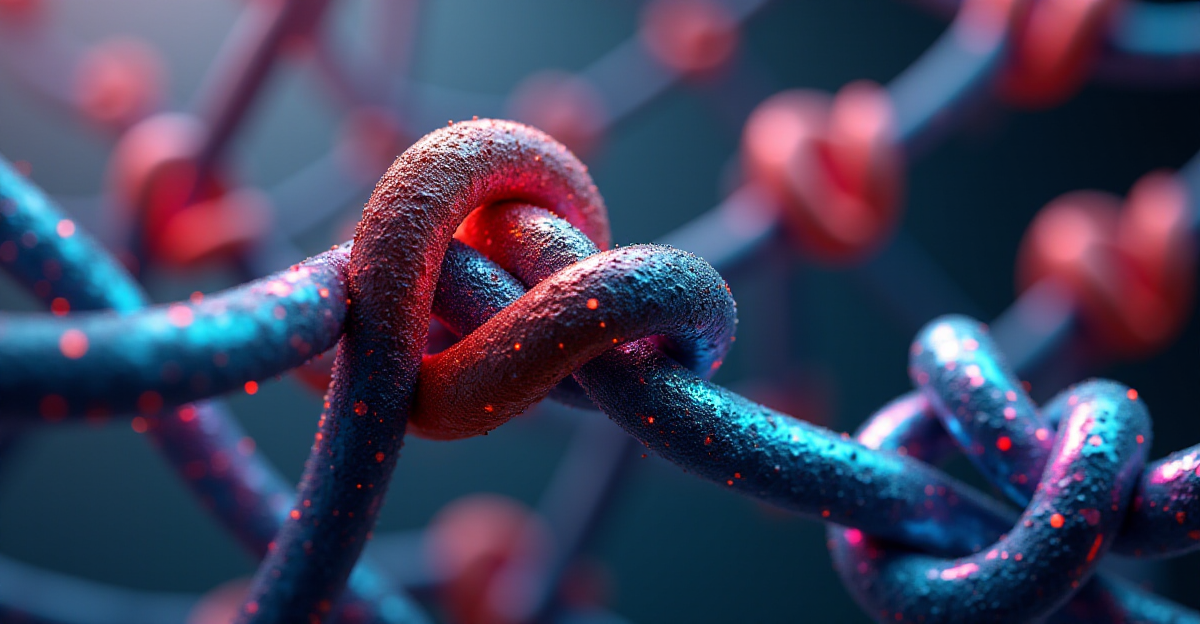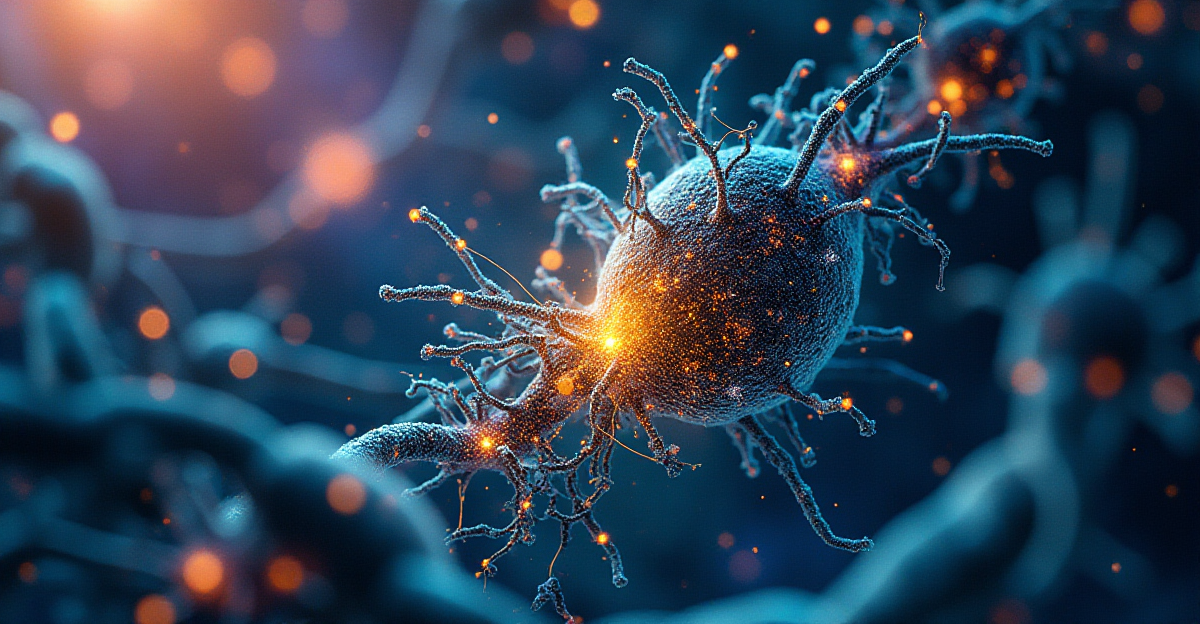The Chemistry of Your Body Clock: How Circadian Rhythms Shape Your Health

As a researcher studying chronobiology, I’ve spent countless hours exploring the intricate chemical dance that orchestrates our daily rhythms. The chemistry of circadian rhythms affects every cell in our bodies, influencing everything from our sleep patterns to our metabolic health. Through my work in sleep laboratories, I’ve observed how these molecular timekeepers regulate crucial bodily ...
Read MoreThe Chemistry of Fermentation: From Ancient Wisdom to Modern Food Science

My journey into fermentation chemistry began in my grandmother’s kitchen, watching her make traditional fermented foods, but it deepened significantly during my work in food science research. The chemistry of fermentation represents one of humanity’s oldest applications of chemical processes, transforming simple ingredients into complex, flavorful, and nutritious foods. Through years of studying microbial processes ...
Read MoreThe Science of Beauty: Understanding Cosmetic Chemistry in Your Skincare Products

During my time formulating skincare products in a cosmetics laboratory, I’ve gained unique insights into the fascinating world of cosmetic chemistry. Every day, millions of people apply various chemical compounds to their skin without fully understanding the science behind these products. Through extensive research and development work, I’ve learned how different molecular structures interact with ...
Read MoreOcean Acidification: The Hidden Chemical Crisis Threatening Marine Life

As a marine chemistry researcher, I’ve witnessed firsthand the devastating effects of ocean acidification on our marine ecosystems. Over years of field studies, I’ve observed how changing ocean chemistry impacts everything from tiny plankton to magnificent coral reefs. Through my work analyzing water samples from various depths and locations, I’ve gained deep insights into how ...
Read MoreThe Chemistry of Love and Happiness: Understanding Your Brain’s Natural Compounds

Investigating neurochemistry has captivated me with how chemical substances impact our emotional experiences. From the surge of dopamine upon a delightful surprise to the soothing properties of serotonin following a fulfilling meal, the chemistry of emotions shows in many different ways. Having studied the complex dance of neurotransmitters in graduate school, I now value how ...
Read MoreKitchen Chemistry: 10 Mind-Blowing Experiments You Can Do at Home

Over the years of teaching chemistry, I have found that the most effective learning opportunities usually arise right in our own kitchens. This page investigates interesting kitchen chemistry projects that expose the scientific ideas behind daily cooking and housework. Having often led kitchen chemistry experiments with my students, I have witnessed personally how easily available ...
Read MorePrebiotic Chemistry: Recreating Life’s Original Recipe

Prebiotic chemistry simulation is a novel discipline aimed at clarifying the origins of the fundamental components of life on Earth. My studies on the beginnings of life chemistry have identified likely routes for the autonomous synthesis of living molecules. These studies of the formation of sophisticated organic substances replicate conditions of ancient Earth. Recent developments ...
Read MoreChemical Topology: Knotting Molecules for New Properties

Chemical topology control is an exciting discipline that investigates how molecular knots and linkages might produce materials with unusual characteristics. By use of topological chemistry, I have explored the relationship between molecule topology and chemical and physical properties. These systems show how molecules knots might produce materials with hitherto unheard-of mechanical strength. Modern discoveries have ...
Read MoreChemical Computing Biology: When Molecules Become Living Calculators

Chemical computation biology is a newly developing discipline that studies how molecular interactions enable biological systems to do sophisticated computations. Through chemical networks, my studies in biochemical systems have shown how cells naturally calculate challenging tasks. These biological systems show amazing capacity to process molecular signals-based information. Recent research have showed how well cellular networks ...
Read More










